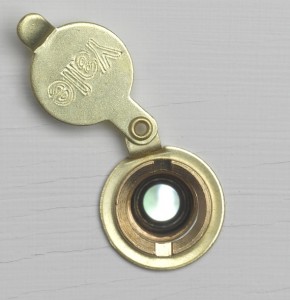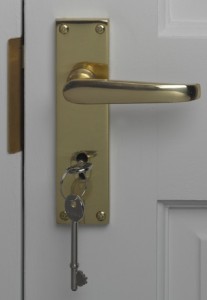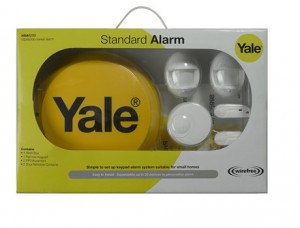Home security
 Home security is an important issue for all of us, and from time to time it’s a good idea to carry out an assessment of the security you have in your home and decide what’s okay, what needs updating, and whether you need any additional security systems. Below are a number of points to consider, relating to the obvious items like door locks and window locks, but there’s also information on good habits to get into for making your home security much more effective.
Home security is an important issue for all of us, and from time to time it’s a good idea to carry out an assessment of the security you have in your home and decide what’s okay, what needs updating, and whether you need any additional security systems. Below are a number of points to consider, relating to the obvious items like door locks and window locks, but there’s also information on good habits to get into for making your home security much more effective.
 Door security
Door security
- Door security should always be at the top of the list. Front doors are clearly the most important, but to be honest, I always think the back door requires just as much attention.
- Front and back doors should always be fitted with a five-lever mortice deadlock.
- A cylinder lock can be fitted as an extra precaution to supplement the deadlock on a front door.
- Remember that good quality locks are only as strong as the doors and frames to which they are attached. Make sure that your door frame is sound and that your door is suitable for external use.
- Timber door frames should be securely bolted or screwed to the wall at least every 60cm.
- Fit a door limiter or chain, and a door viewer, so that you can safely deal with callers without having to open the door directly.
- Mortice door bolts can be fitted 15cm from the top and bottom of the door as a further option to make doors secure.
Window security
- Fitting window locks that secure the frames together, or lock the window to the frame, are more secure than a locking handle or stay. Ideally use both types of fixture for the best security.
- For ventilation during hot weather, in ground floor rooms you can secure casements (the opening bit of the window) using ventilation window locks, which will allow a comfortable air flow but prevent the window from opening too wide to allow intruders in.
- Double glazing provides excellent window security but if you are considering having new units fitted, make sure that they are glazed from the inside. Older designs are glazed from the outside, which makes it easier for a burglar to removing glazing bars and gain entry.
 Alarms and CCTV
Alarms and CCTV
- Alarm systems can now be bought wireless. It is no longer necessary for them to be hard wired as with earlier models.
- If money is tight, even fitting a dummy alarm box to the side of your house acts as a big deterrent to burglars.
- CCTV systems are now available for DIY installation. Some even run on solar power.
Outside security
- Good exterior lighting that you can control with a switch is useful, but sensor controlled floodlighting is ideal to deter an intruder too.
- Walls and solid fences are effective deterrents, but may shield a thief from public view. Open fences, thorny shrubs and crunchy gravel paths are effective alternatives.
- Shed security is vital. Security screws on exposed hinges and locks, and a hardened steel padlock and hasp will protect from intruders. Also lock your toolbox so that burglars can’t make use of it.
- Ladders and other equipment may help thieves break into your home if left lying around. Secure them out of view.
- Secure gates with locks or padlocks and fit trellises to fence tops to make them harder to climb.
Good habits
- Always lock doors and close windows when you leave home, even if you will only be away for a short time.
- Keep keys out of sight, for example, not in plain view through windows, and don’t leave window and door keys in locks.
- Make sure valuables cannot be seen through open doors or windows, and close your curtains and blinds at night.
- Permanently mark valuables with purpose-made ultraviolet pens and get larger pieces of equipment and bicycles stamped with your address.
I haven’t covered every home security issue here, but it should give you a good idea of the areas you should be looking at. Please check out my ‘how to’ guides for instructions on everything from changing five lever locks to adding trellis to a fence.
